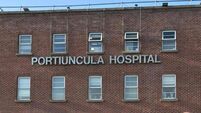Positive progress for women with endometriosis
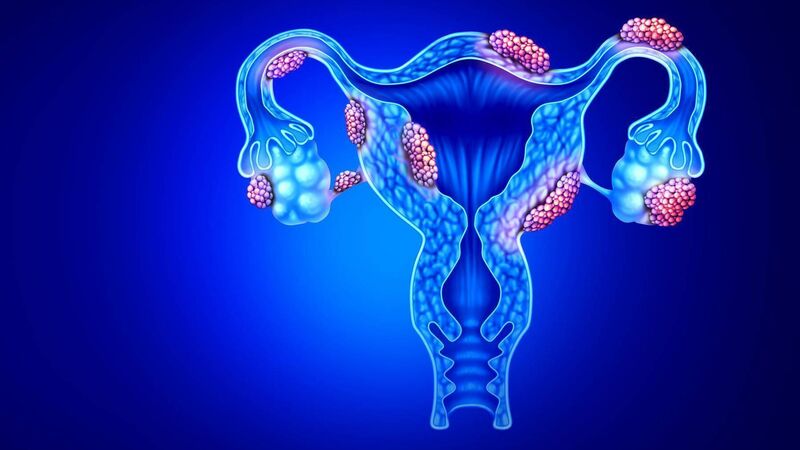
Endometriosis occurs when endometrial-like tissue locates beyond the uterus, causing a cascade effect. The abnormal tissue secretes substances that irritate surrounding tissues, causing them to bleed
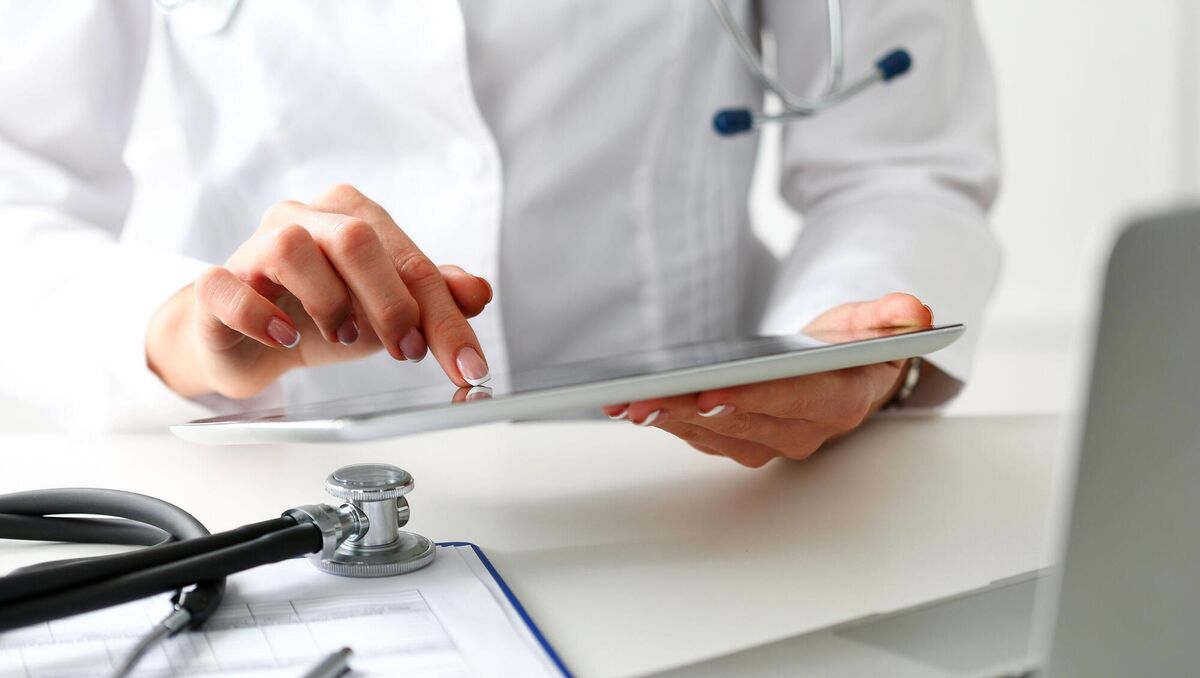

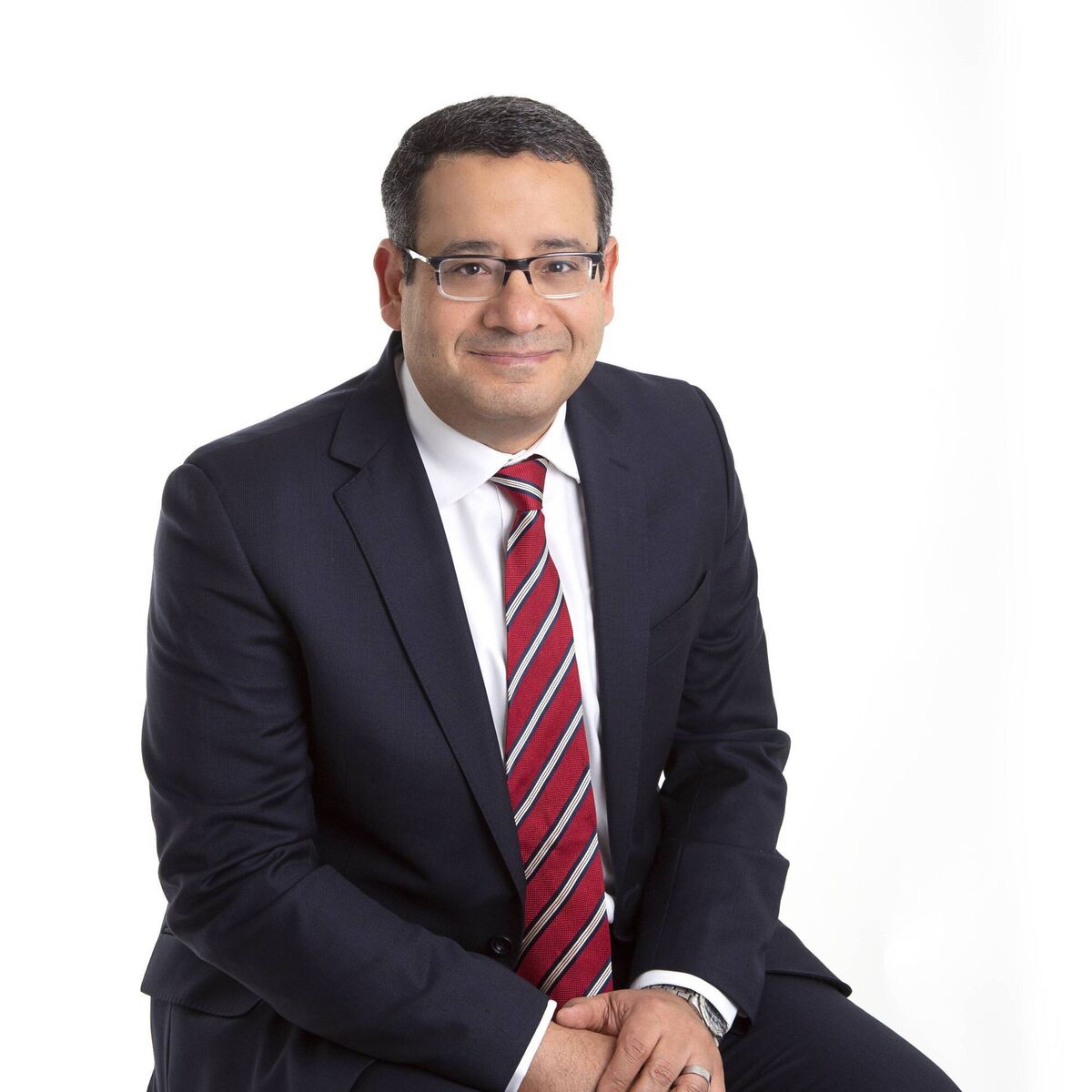
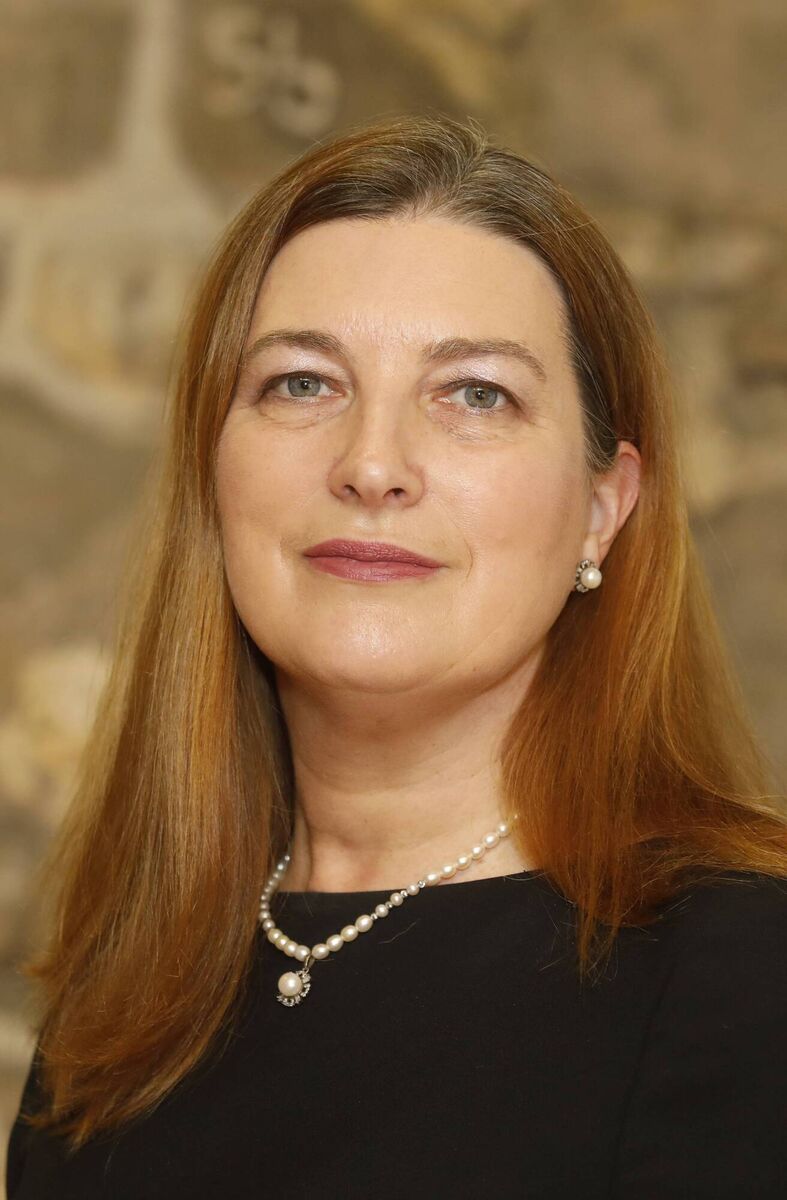
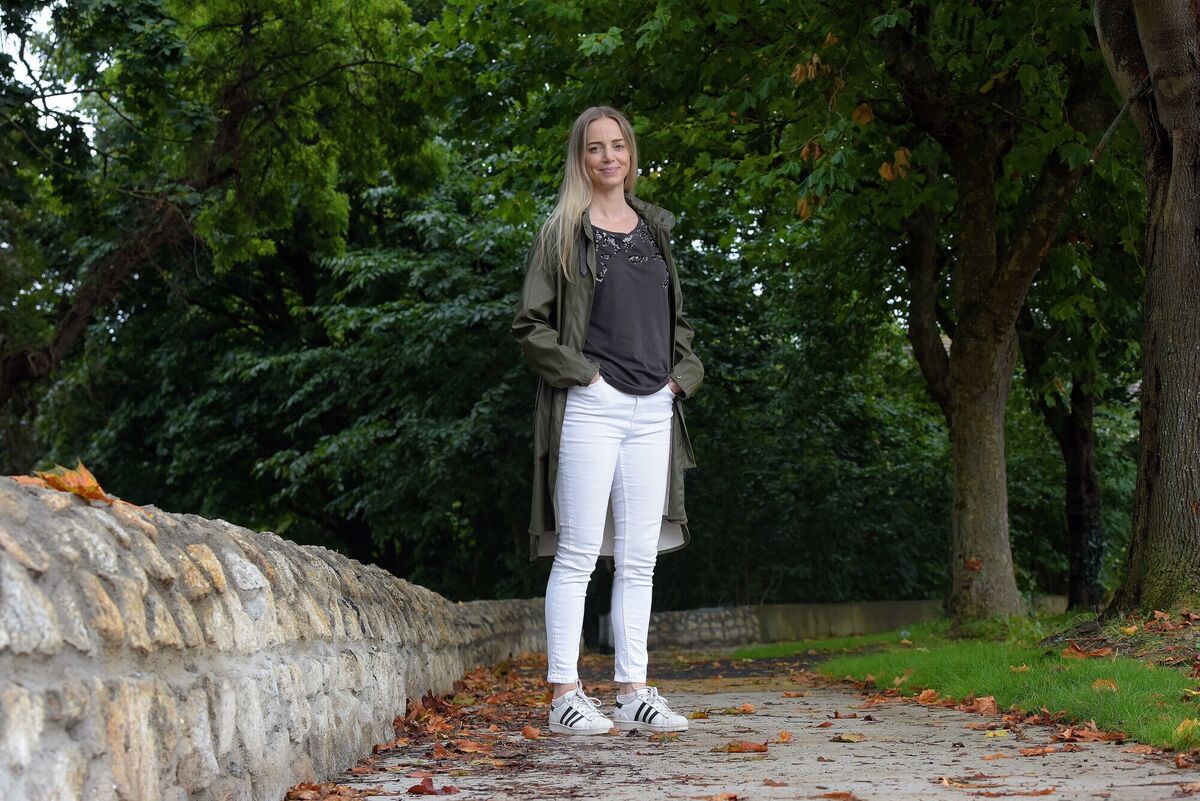
As a teen, Ilanna Darcy had very irregular, heavy, painful periods that meant she often went home early from school. Prescribed painkillers didn’t help.
“I didn’t like the way they made me feel,” says the now 44-year-old Dublin-based accountant.
Her GP did blood tests and at 16, Ilanna was diagnosed with polycystic ovary syndrome (PCOS).
“I was put on the pill. It seemed to resolve many issues, eliminating the painful, irregular heavy periods.”
But Ilanna continued to have bowel problems, ranging from constipation to diarrhoea.
“I did colonic irrigation, acupuncture, colonoscopy — in my early 20s I was told I had IBS. For years I took things to alleviate it, like motilium husks — they helped but it never really resolved.”
She also had fatigue “that nothing would shake”, as well as depression in her late teens and early 20s and was prescribed anti-depressants.
In her mid-30s, by now married to Conor, she wanted children. “Ideally, I’d have liked two.”
However, because of her PCOS, she consulted a doctor.
“I wasn’t old but I wasn’t exactly young so it was decided I should try the fertility drug Clomid.”
Over the next four months, Ilanna discovered she had fibroids. When Clomid didn’t work, IVF was recommended.
However, through laparoscopy, Ilanna found she had stage three endometriosis.
“The [surgeon] removed as much as possible but he couldn’t remove all.”
Things finally made sense. “Endometriosis is why I had painful periods and IBS.”
But she was worried. “I thought I had one obstacle — now I had three: PCOS, fibroids, and endometriosis.”
After a first round of IVF, Ilanna got pregnant only to miscarry. A second IVF treatment failed.
“In my heart, I felt the embryos were doing their best to implant but couldn’t. I felt it had to do with the constant inflammation that was there, caused by endometriosis. I needed something to help IVF work.”

Off the pill for a number of months, Ilanna’s painful periods had returned. She began attending a fertility acupuncturist.
“Within months, I had a regular, pain-free, clot-free cycle.”
The couple decided to undergo IVF again — the doctor told Ilanna to come in on day one of her next period.
“That period never came,” she says.
Hardly able to believe she was expecting a baby, she continued with acupuncture through pregnancy. Her “little miracle child” was born when Ilanna was 39. But the wish for a second child was still there.
Unfortunately, a scan showed the fibroids had grown into her uterus wall and would need surgical removal.
Ilanna feels very lucky — that for much of her life, the contraceptive pill kept her pain-free, but most of all she has her precious daughter.
As EAI vice-chair, she wants to raise awareness of endometriosis.
“We need to drive more change,” she says, adding that research is key.
- If you are affected by any of the issues raised in this article, please click here for a list of support services.

Celebrating 25 years of health and wellbeing




